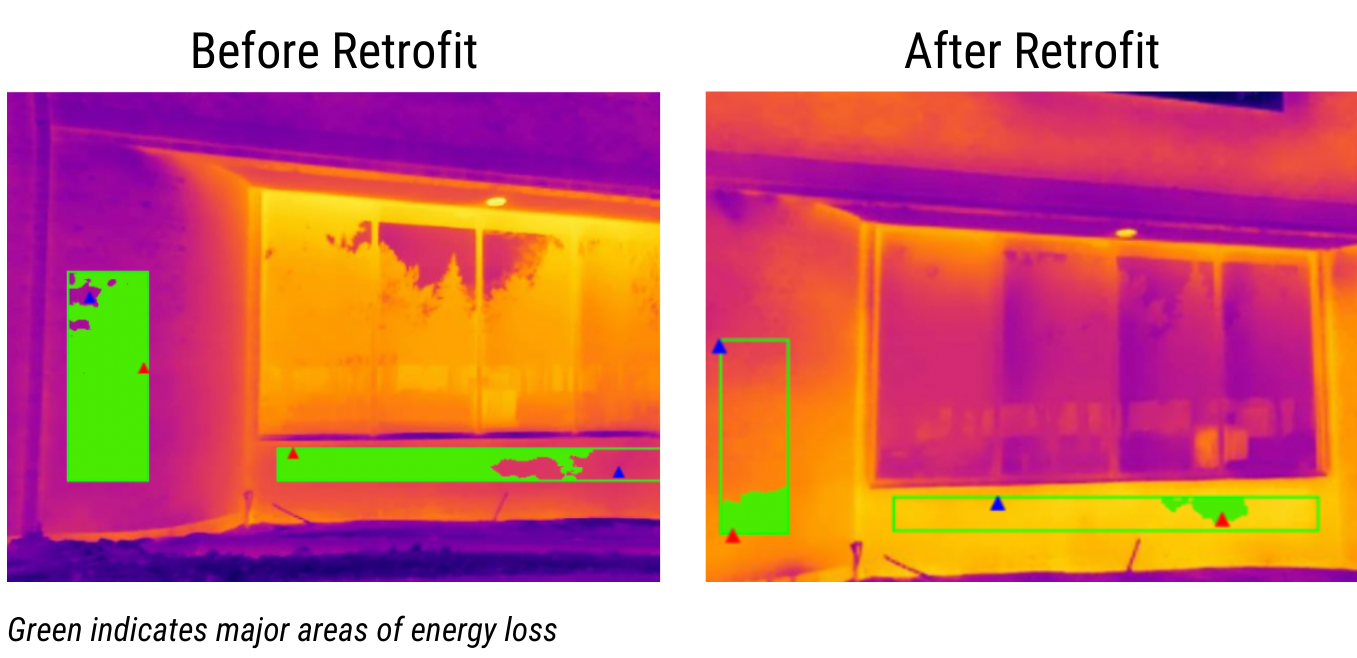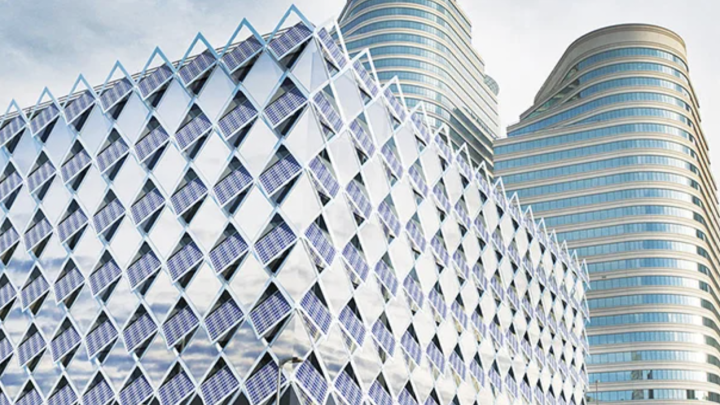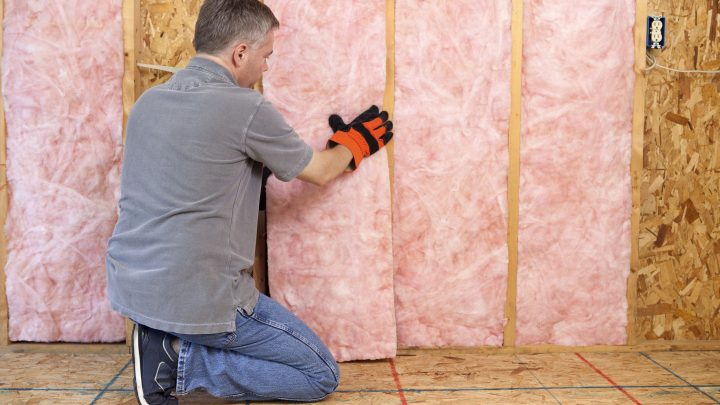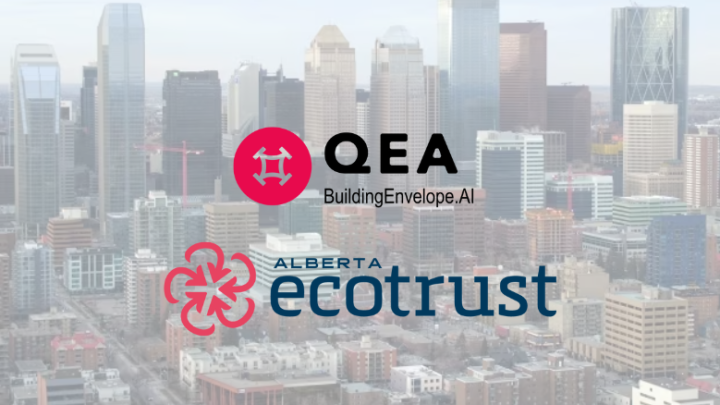The building envelope is the part of a building that separates the outside climate from the interior, providing shelter and performing as a protective membrane over the main structure. The building envelope has an important obligation; it helps keep occupants dry, warm, or cool, can help in controlling noise and odors from the exterior, provides safety and security, and it is essential for maintaining suitable indoor air quality. It needs to perform all the aforementioned roles while also creating curb appeal and maintaining an aesthetically pleasing appearance.
The building envelope components include the materials that comprise the foundation, wall assembly, roofing systems, glazing, doors, and any other penetration separating the interior and exterior. The connections and compatibility between these elements are also a critical part of ensuring that the building envelope functions as intended. An envelope must properly maintain control of the heat flow, moisture flow, and airflow while providing structural integrity and shelter from the rain, snow, hail, wind, dust, pollutants, allergens, and pests. A system’s ability to achieve these tasks is what classifies a high-performance and low-performance building envelope.
Any deficiencies in the envelope system’s performance may impact the overall building performance and subsequently the energy usage/carbon footprint of the building. Unsatisfactory insulation levels will compromise the ability to regulate heat flow, which will reduce occupant comfort and will cause the HVAC system to work harder. Gaps, cracks, and holes in the envelope will result in uncontrolled air leakage which will cause the conditioned air to escape through the roof and walls, creating an unwanted extra load on the HVAC system. Undesirable temperatures and humidity levels may occur and moisture vapor transfer through the envelope will result in moisture-related damage and premature deterioration of building materials. A leaky roof, defective rain screen, or failed window frame can let water enter the building, sometimes in substantial quantities which may cause structural damage, mold, mildew, or other threats to indoor air quality and occupant health. Retrofitting or restoring building performance for an existing commercial building envelope might entail adding insulation, sealing air leakage paths, replacing windows, installing a new roofing system, or any combination of these tactics which will be discussed further. There are many high-performance products available to choose from, all enhanced by chemistry and new technological advancements.
Prior to commencing any sort of retrofit strategies, it is first important to identify the existing problems in a building envelope, either commercial or residential. A popular and non-invasive method that has recently commercialized the market is Infrared Building Envelope Inspections. These are fast, accessible, and efficient means of examining building envelope efficiency using an infrared camera that detects anomalies through temperature fluctuations. These assessments are typically performed on the exterior of the building at sufficient interior and exterior conditions. With an adequate temperature difference between the interior and exterior of the building at the time of assessment, undesirable energy losses through the envelope can be identified. This strategy can help determine whether targeted retrofits or full deep energy retrofits will be required to upgrade the building under investigation. Once these inspections have been performed and breakdowns of retrofit strategies have been reviewed by the building-owner, the rehabilitation project can begin.
There are several types of deep energy retrofit options available for a building, however, focusing on the building envelope, there is typically an option to choose between a deep energy building envelope retrofit, a targeted retrofit or a hybrid option. After identifying the components and points of weakness in the envelope, a cost analysis is performed to access the lifespan, rehabilitation project cost and potential future energy savings against different repair options. A targeted rehabilitation approach is the cheaper option that focuses on repairing specific areas of weakness that were determined during the assessment stage. This approach typically requires continuous upgrades and component reviews throughout the lifespans of the building. Replacing or repairing individual windows, fixing sealant joints and replacing specific damaged roofing areas are some examples of targeted rehabilitation strategies. A deep energy retrofit on the other hand, consists of an extensive whole-building analysis and construction process aimed at reducing a building’s energy use by at least 50% compared to a historical baseline and usually includes envelope upgrades as part of the retrofit. Focusing on the envelope, a deep energy retrofit usually consists of a full replacement of the building envelop components minus the structure of the building. A deep energy retrofit of the building envelope focuses on redesigning the system to increase its performance which will in turn reduce energy usage bills in the building and increase the lifespan of the construction. The main approaches when dealing with a full-scale envelope replacement is to address the following items: Insulation and thermal bridging, Air tightness and infiltration, glazing and solar shading. These are the main aspects of an envelope that will determine how energy within in a building is being stored and controlled. The design stage for the retrofit is a complex and important part of the process. While maintaining the existing structure of the building the envelope members must be redesigned accordingly taking into consideration the thermal and hygrothermal performance, air and water control, sound control and aesthetic appeal. The connection and detailing of the new joints must be carefully designed in order to have effective and long-lasting control of external factors. This building envelope redesign process is similar to a new build design, however there are existing factors that must be taken into consideration. The building tenants and their comfort during construction must also be considered. While this process is expensive and timely, there have been many case studies in Canada and other cold climates that show successful deep energy building envelope retrofits. It is important to remember that while the envelope plays a crucial role in the energy efficiency of the building, it is the entire building function that needs to be considered together as a living unit. Other aspects including HVAC function in accordance with the envelope and should also be evaluated during a deep energy retrofit project. The envelope, however, has been shown over the years to be one of the leading areas of concern and is crucial to investigate when looking at improving energy efficiency of a building and pushing for a more sustainable future.
Affordable housing is another challenge that has affected major cities like Toronto, Vancouver, and New York. The time it takes for a new house development to get from approval to market is too long which is a challenge for the increasing demand of affordable housing. One method of helping speed up the procedure is to direct focus towards restoring, retrofitting and or reusing existing buildings as discussed in this reading. Upgrading, maintaining, or reusing an existing building structure for a rehabilitated use is normally less expensive than demolishing and constructing a new building. These approaches are far better for the environment and leave a smaller carbon footprint if executed properly. Many in the industry are also calling for governments to invest in green retrofits as part of post-COVID stimulus funding. There has also been a call on governments to provide financial assistance to not-for-profit, multi-residential buildings, and calls for retrofits for affordable housing strategies.
Accelerating deep energy retrofits will depend on financial incentives at both the national and local level. Establishing renovation programs for owners, property investors, and occupants to recover some or all of the costs of the project will speed up the adoption and maximise the savings available over the medium- and long-term. Multiple countries and cities are already following this approach. In Canada, The Trudeau government has committed $2B to large-scale building retrofits that drive energy efficiency and sustainable communities. In order to meet Canada’s 2030 GHG emissions reduction it is crucial that the energy usage of building stock be addressed. It is the existing buildings that are in need of attention. Looking for a quick envelope assessment? Perform a quick and easy non-intrusive Infrared envelope assessment to get an idea of how well energy is being stored and controlled in your building. This is the first and easy step towards a greener and brighter future.



